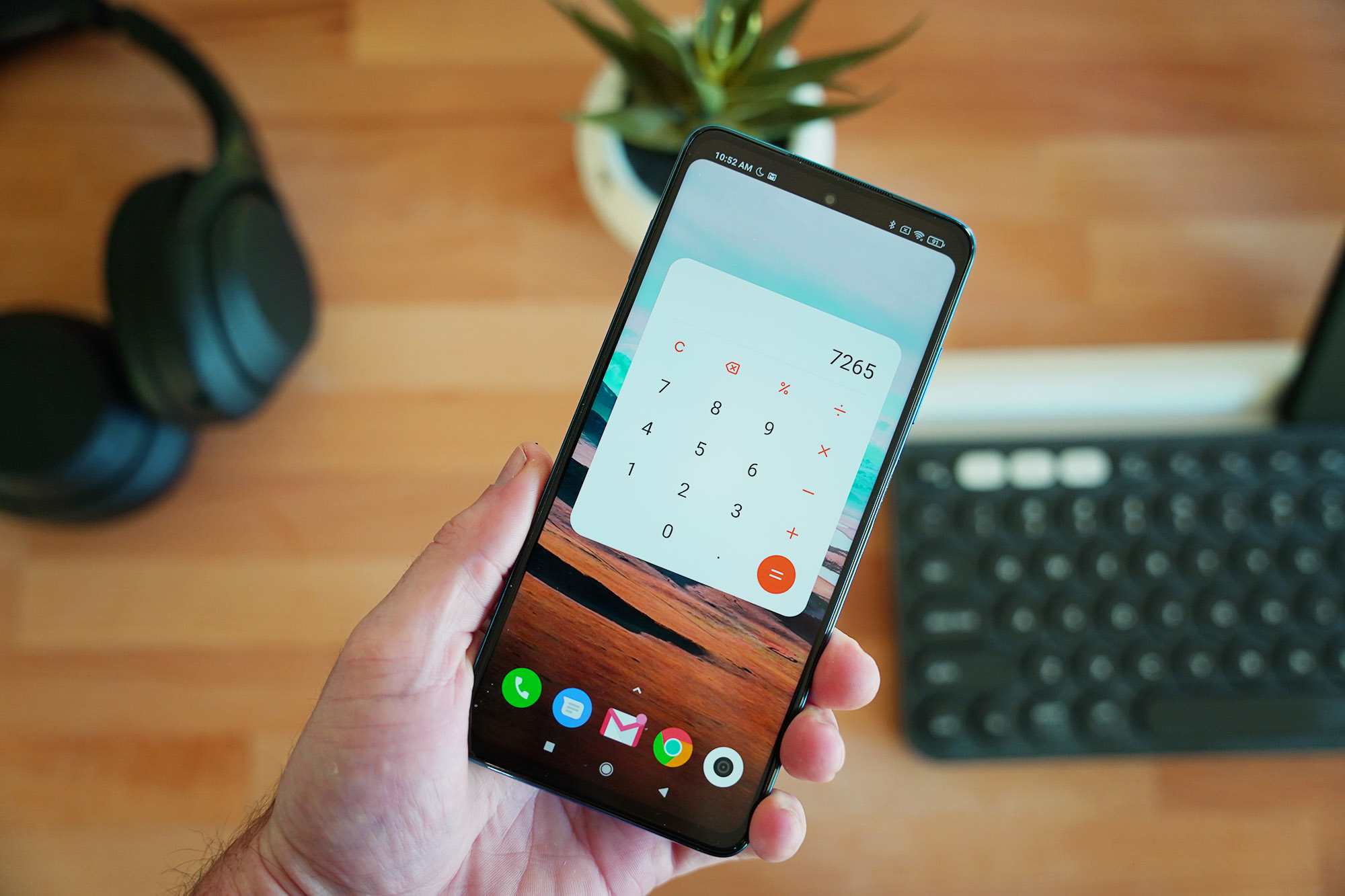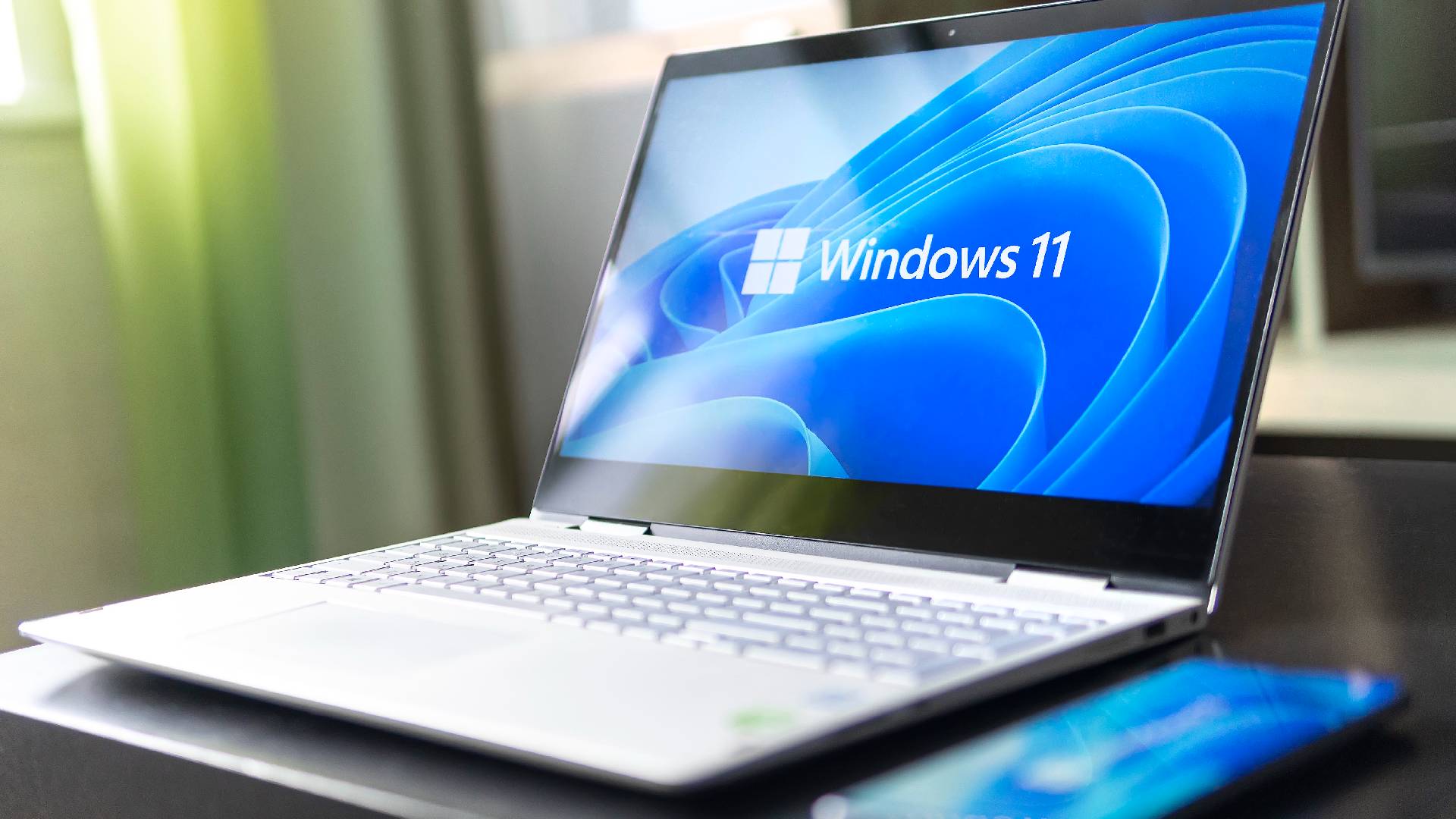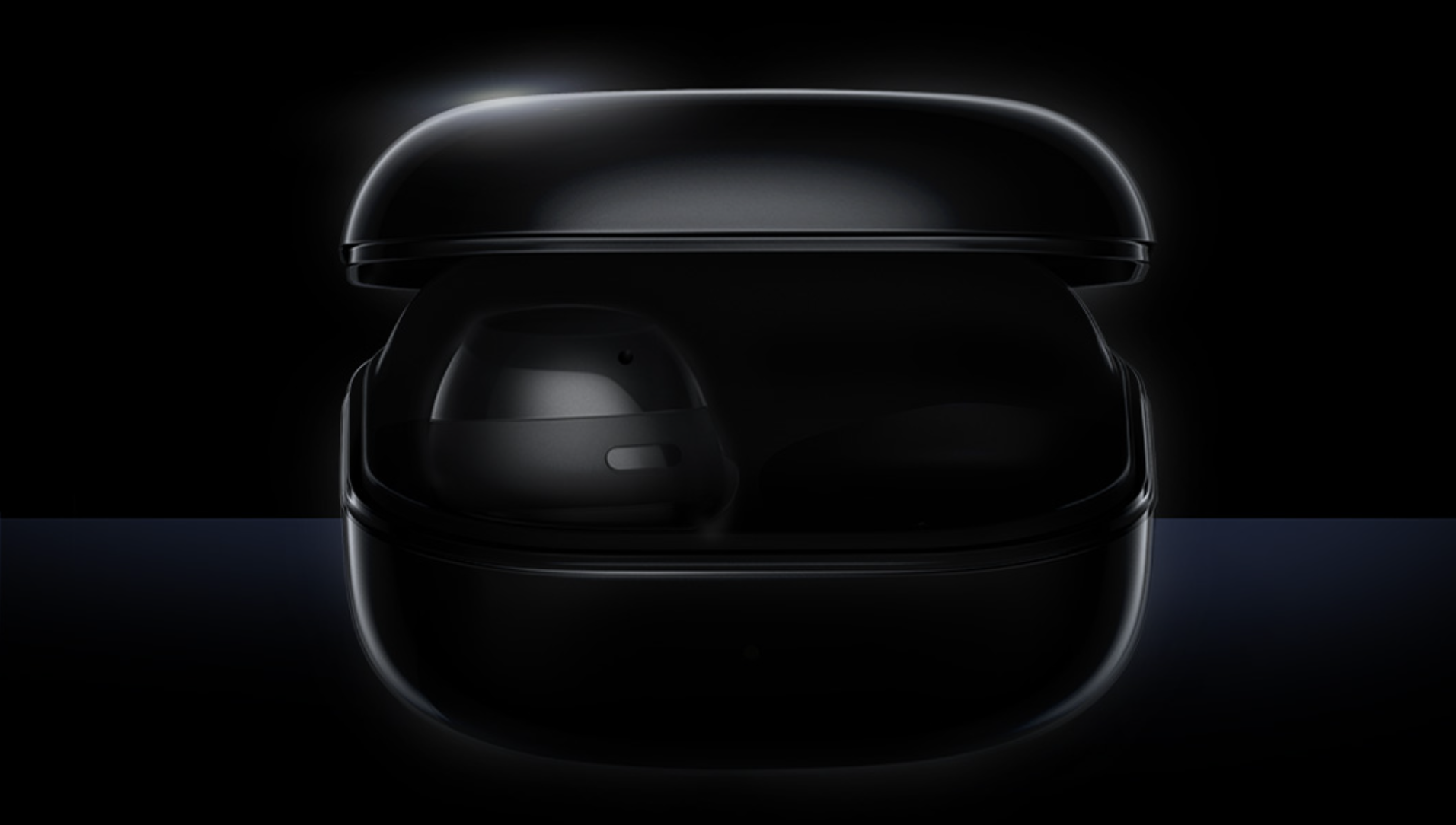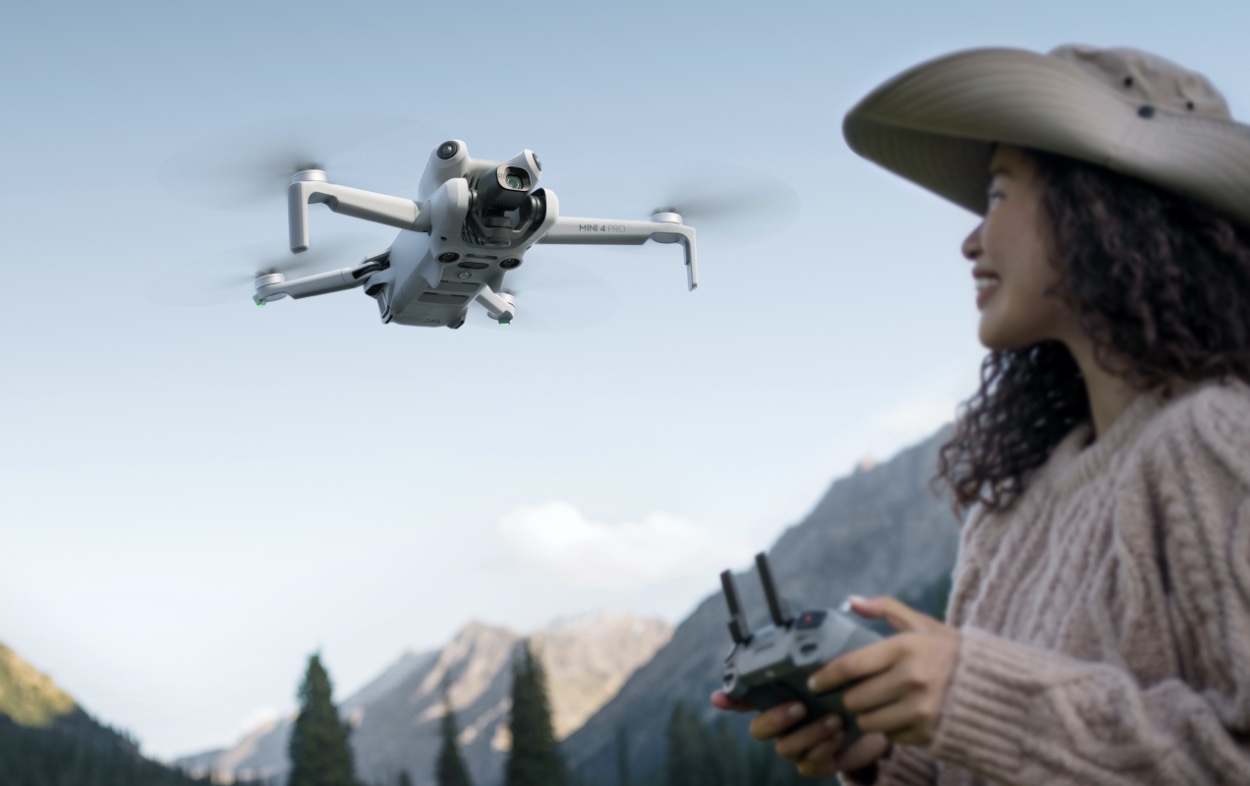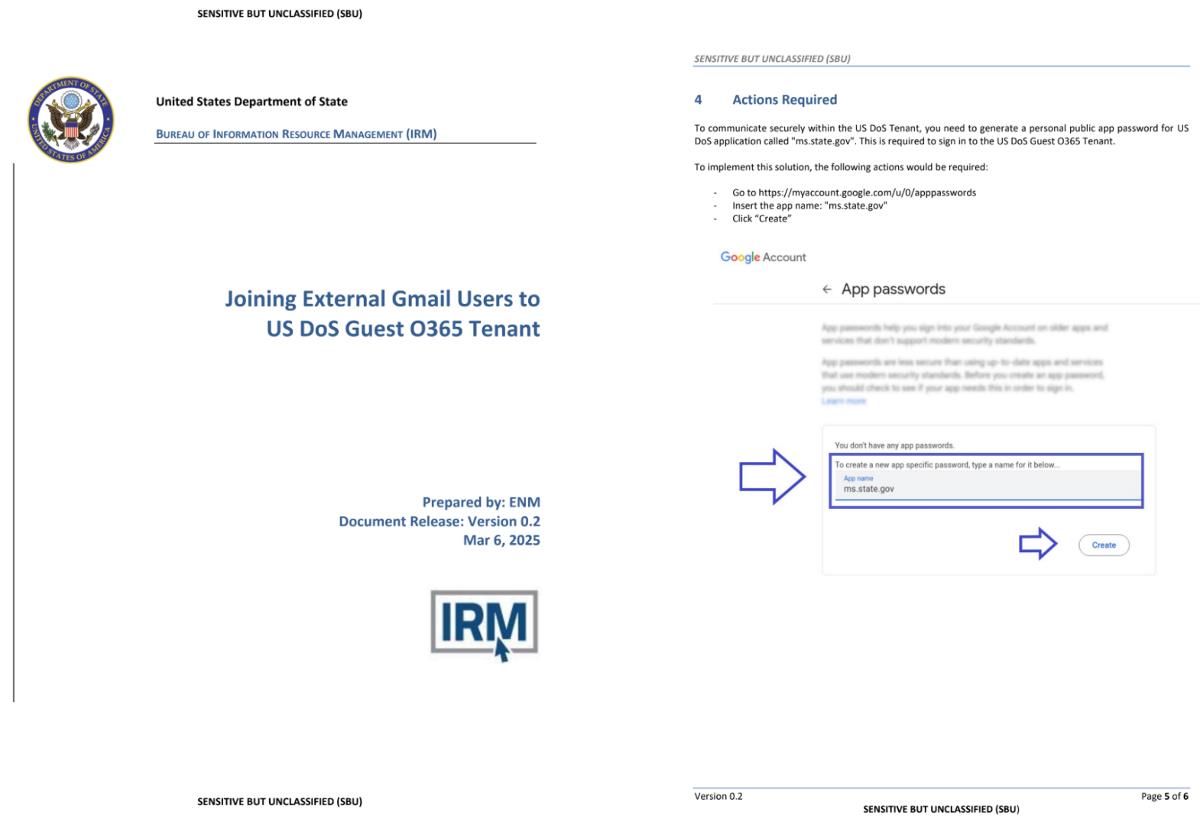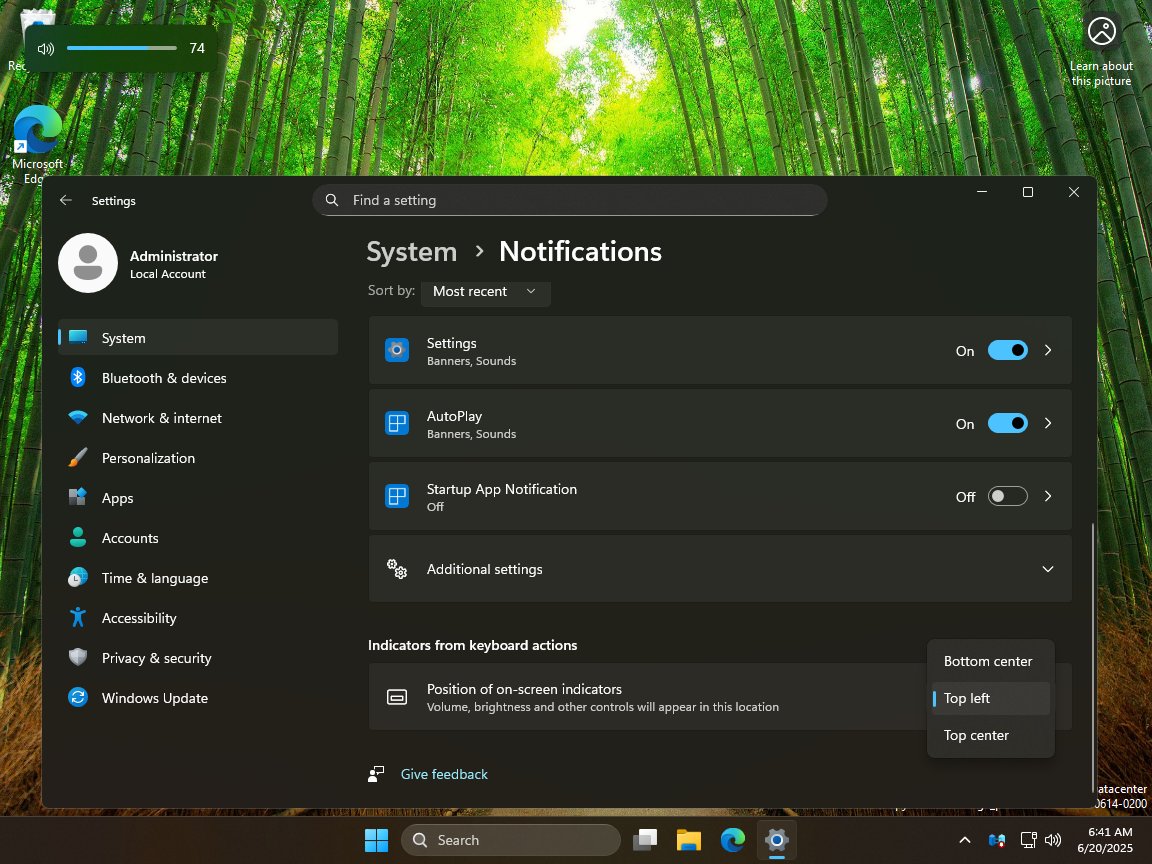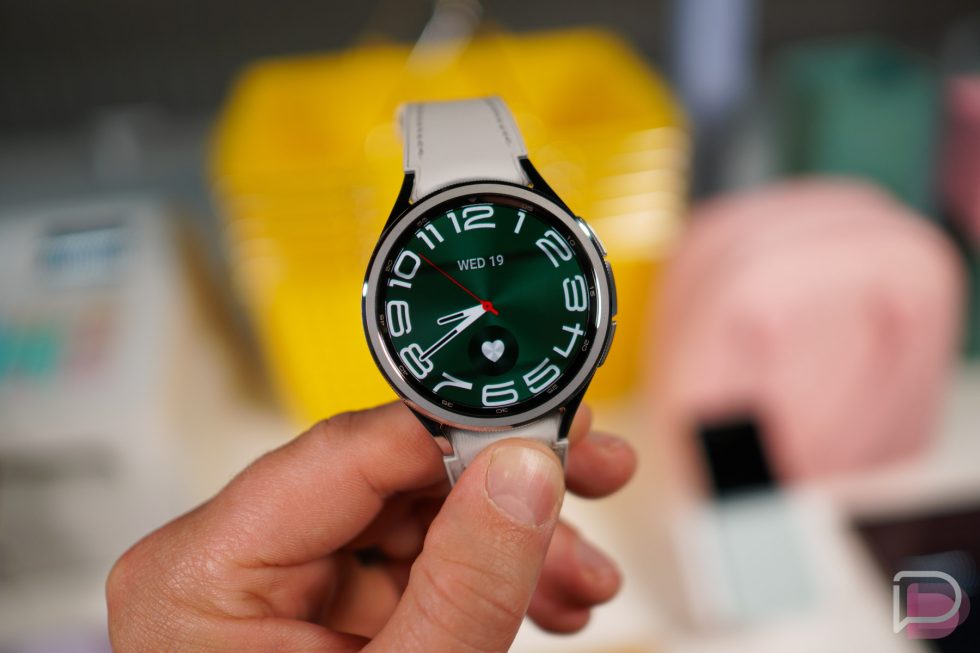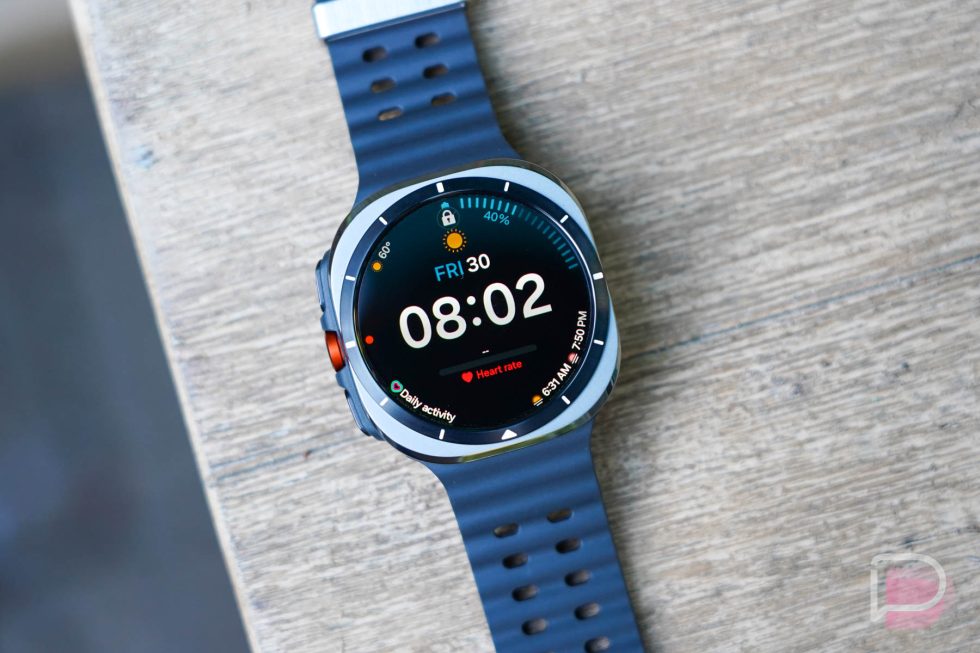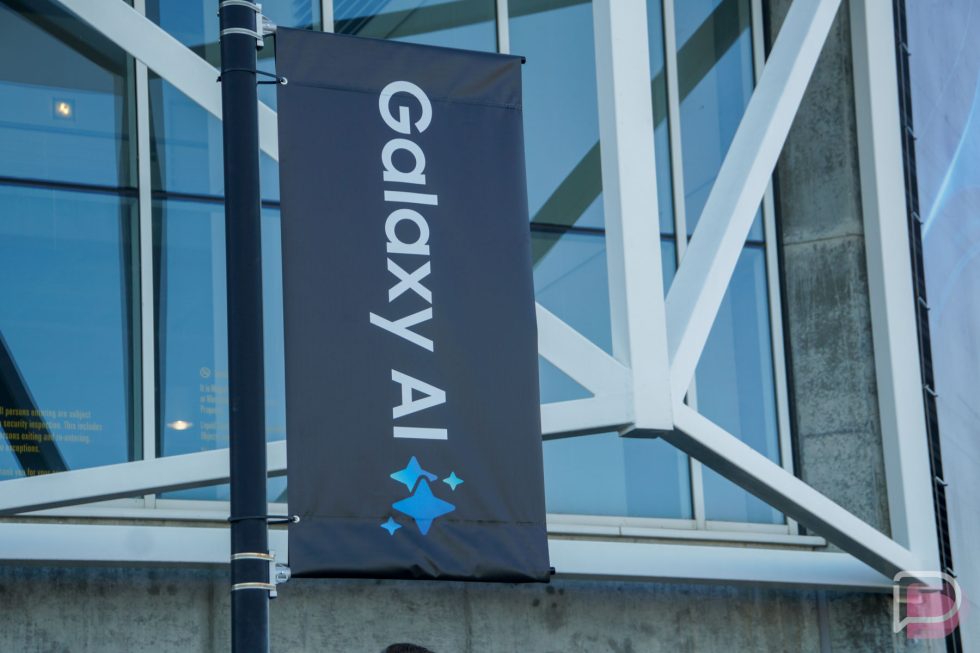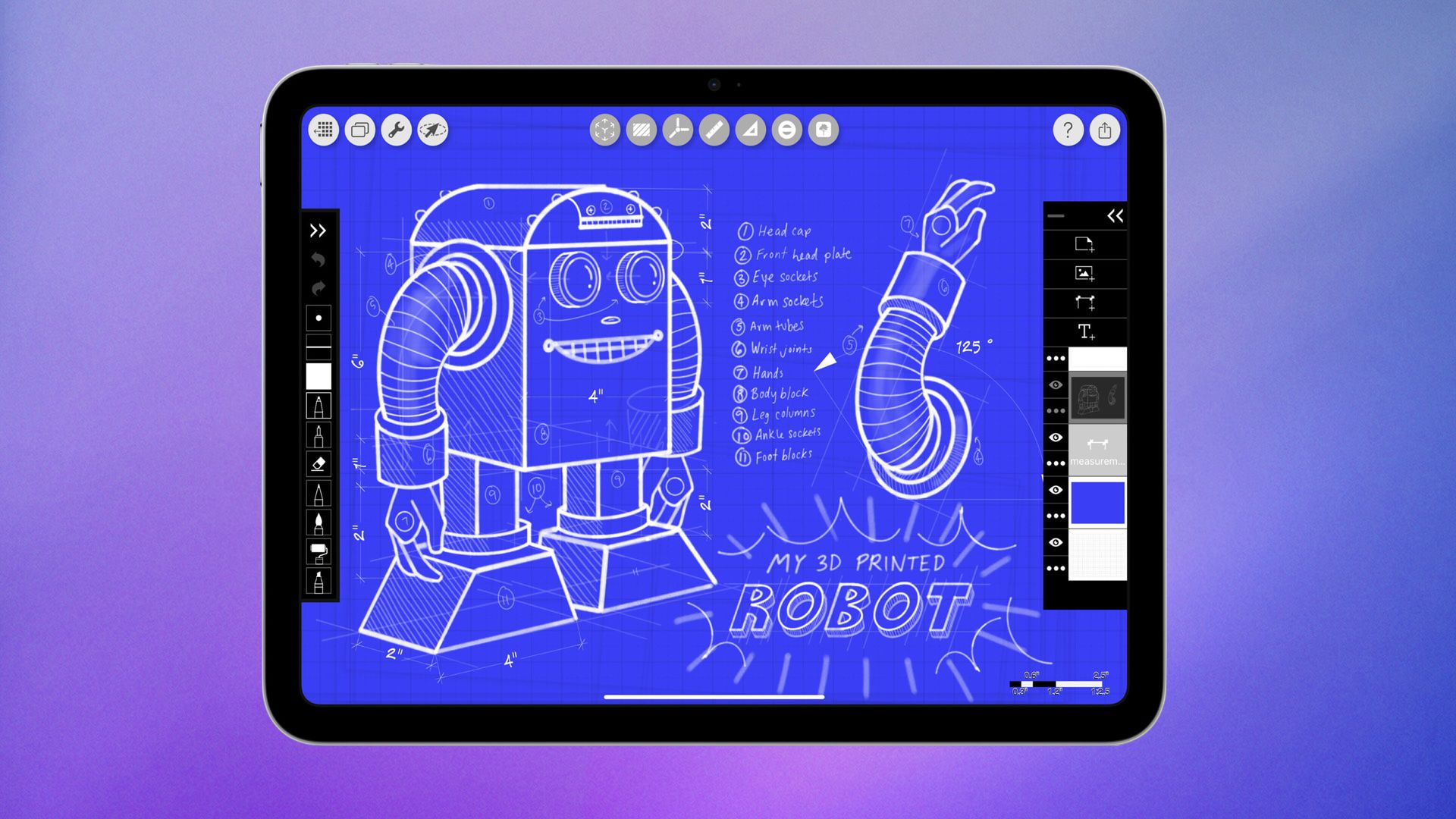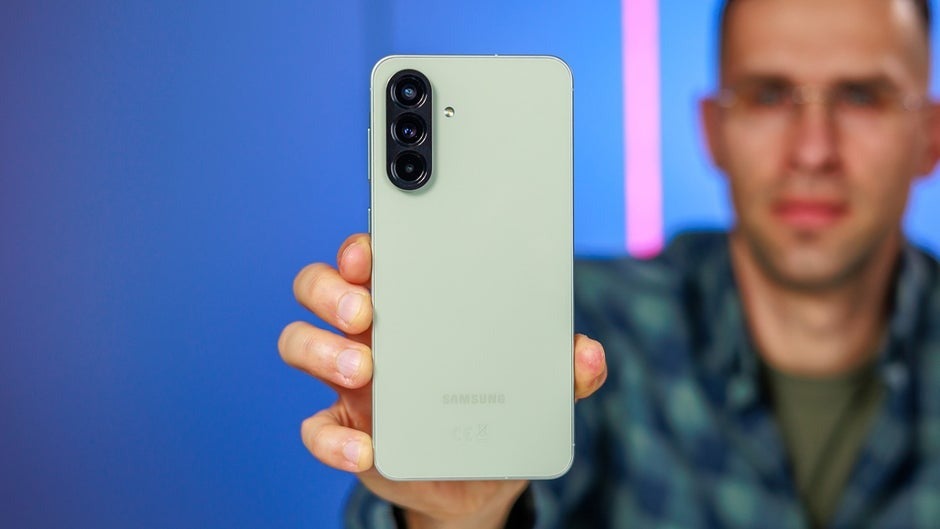The Rubin Observatory makes its debut — and the discoveries have already begun
After more than 20 years of planning and construction, astronomers celebrated the release of the first images from the Vera C. Rubin Observatory today — and also registered hundreds of the first discoveries from the world’s newest eye on the sky. University of Washington astronomer Mario Juric, a member of the Rubin team and director of UW’s DiRAC Institute, said that discovery data for 2,104 previously undetected small bodies in the solar system were reported to the Minor Planet Center early today. Those small bodies include 2,015 main-belt asteroids, nine trans-Neptunian objects and seven near-Earth objects. (But don’t worry: None… Read More

After more than 20 years of planning and construction, astronomers celebrated the release of the first images from the Vera C. Rubin Observatory today — and also registered hundreds of the first discoveries from the world’s newest eye on the sky.
University of Washington astronomer Mario Juric, a member of the Rubin team and director of UW’s DiRAC Institute, said that discovery data for 2,104 previously undetected small bodies in the solar system were reported to the Minor Planet Center early today.
Those small bodies include 2,015 main-belt asteroids, nine trans-Neptunian objects and seven near-Earth objects. (But don’t worry: None of those NEOs has a chance of hitting Earth anytime soon.)
“The over 2,100 asteroids we discovered are impressive, but just a drop in the bucket relative to what’s coming. We’ll have moments where we find over 20,000 in a single night, more than the entire world presently finds in a year,” Juric told GeekWire in an email.
“By sometime next year Rubin will double the number of known asteroids, then continue to discover hundreds of new comets, the remaining few dwarf planets, and maybe even a new planet in our solar system,” he said. “This will be the most comprehensive census of our planetary home in history.”
During today’s “First Look” briefing in Washington, D.C., astronomers explained the science behind their scan for asteroids — and showed off eye-pleasing imagery that included a colorful wide-angle view of the Trifid and Lagoon nebulas in the constellation Sagittarius, galactic closeups gleaned from the observatory’s survey of the Virgo Cluster, and a zooming video scan of the same region of the sky.
“The Virgo image is an exquisite, multi-color, deep look into millions of stars and galaxies. But to an astronomer, the most impressive aspect of it is that it took just 10 hours of observing to make, over three times faster than anything we had before,” Juric said. “Over the years to come, Rubin will do this for the entire southern sky, an area 800 times larger than this first look.”
Check out these videos highlighting Rubin’s high-resolution views:
UW astronomer Željko Ivezić, the director of Rubin construction, said the observatory’s Simonyi Survey Telescope and LSST Camera are designed to create high-resolution, color-coded maps of the night sky at a rate that’s 10 to 100 times faster than previously possible. “This is like comparing the speed of your car to the speed of an airplane,” he said.
With major funding from the National Science Foundation and the U.S. Department of Energy’s Office of Science, the Rubin Telescope was built on a mountaintop in Chile — which is one of the world’s prime spots for astronomical observations, thanks to its dry air and dark skies.
The construction cost has been estimated at $800 million, which includes tens of millions of dollars that were covered by private contributions from the likes of Microsoft tech pioneers Bill Gates and Charles Simonyi. In recognition of Simonyi’s $20 million donation, the observatory’s 8.4-meter (28-foot) telescope was named after his family.
The observatory itself was named after the late astronomer Vera Rubin, who analyzed the rotation rate of galaxies to come up with evidence for the existence of dark matter — a mysterious, invisible kind of stuff that makes up more of the universe’s content than the matter we can see.
Fittingly, the Rubin Observatory is expected to shed new light on the nature of dark matter and an equally mysterious phenomenon called dark energy, which appears to be driving the accelerating expansion of the universe. Rubin will serve as an early warning system for transient cosmic events such as supernova explosions and gamma-ray bursts. And based on computer modeling, the observatory is expected to discover more than 5 million asteroids and other objects in our solar system over the course of its 10-year Legacy Survey of Space and Time, or LSST.
Ivezić said Rubin stands a good chance of detecting a distant hypothetical world that’s been dubbed Planet Nine, if it exists.
“We will see way beyond the orbits where Pluto and other Kuiper Belt objects are found,” he said. “It depends on the object size, but we could see Pluto even if it were at a 10 times larger distance, roughly speaking.”
The observatory could also spot interstellar objects such as ‘Oumuamua and Borisov, the two only known such objects discovered to date.
“It is very hard to predict how many we would discover, because we don’t understand the population,” Ivezić said. “It’s only two objects. But by simple scaling arguments, we do expect 10, maybe 20, somewhere in there. So we will be an extremely powerful solar system survey.”
The speed and breadth of Rubin’s observations will be the keys to its discoveries. The LSST Camera is regarded as the world’s largest digital camera, capable of capturing 3,200-megapixel images at a rapid-fire pace. Each image spans an area equivalent to about 45 full moons. About 20 trillion bytes of astronomical data are expected to be produced on a nightly basis and analyzed with the aid of sophisticated computer tools — including tools developed by the DiRAC Institute.
For the next few months, the Rubin team will be fine-tuning the operation of the observatory’s systems and getting ready for the formal start of the Legacy Survey of Space and Time. During the decade ahead, Rubin’s images will cover the full stretch of sky visible from the Southern Hemisphere every three or four nights, creating time-lapse movies of the changing cosmos.
“The movie has started, the camera is running,” Energy Secretary Chris Wright said in a video clip that was played during today’s briefing.
Astronomers will be able to detect asteroids and other small bodies in the solar system by looking for telltale streaks of motion that show up in successive images of the same stretch of sky. And the data will be made available to citizen scientists as well as the professionals. The Rubin team has created a Skyviewer app that lets you zoom in or zoom out on the observatory’s images. Detailed data will also be shared through Zooniverse for a variety of projects aimed at spotting supernovas, hunting for asteroids and trans-Neptunian objects, and classifying galaxies.
“If you zoom in and you look at one of the little fuzzy galaxies in there, you might be the first person to be paying attention to that fuzzy blob,” said Clare Higgs, an astronomy outreach specialist on the Rubin education team. “You can look at other catalogs online. lf there’s information about that [galaxy], they’ll be in there, but there’ll be a lot of things in there for which there is no name, no catalog yet, until all the amazing science of Rubin comes in.”
The University of Washington, one of the original partners in the project, is planning a presentation about the Rubin Observatory at 7 p.m. PT Thursday at Kane Hall on the Seattle campus. Check out UW’s website for further information and to register. In the meantime, feast your eyes on these images:


This is an updated version of a report first published on June 22.
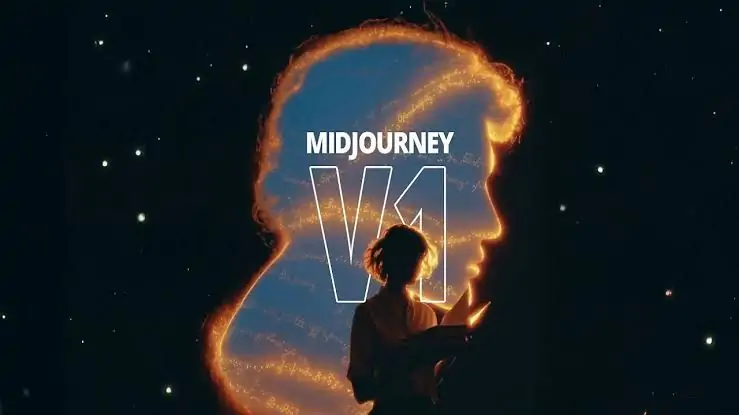



















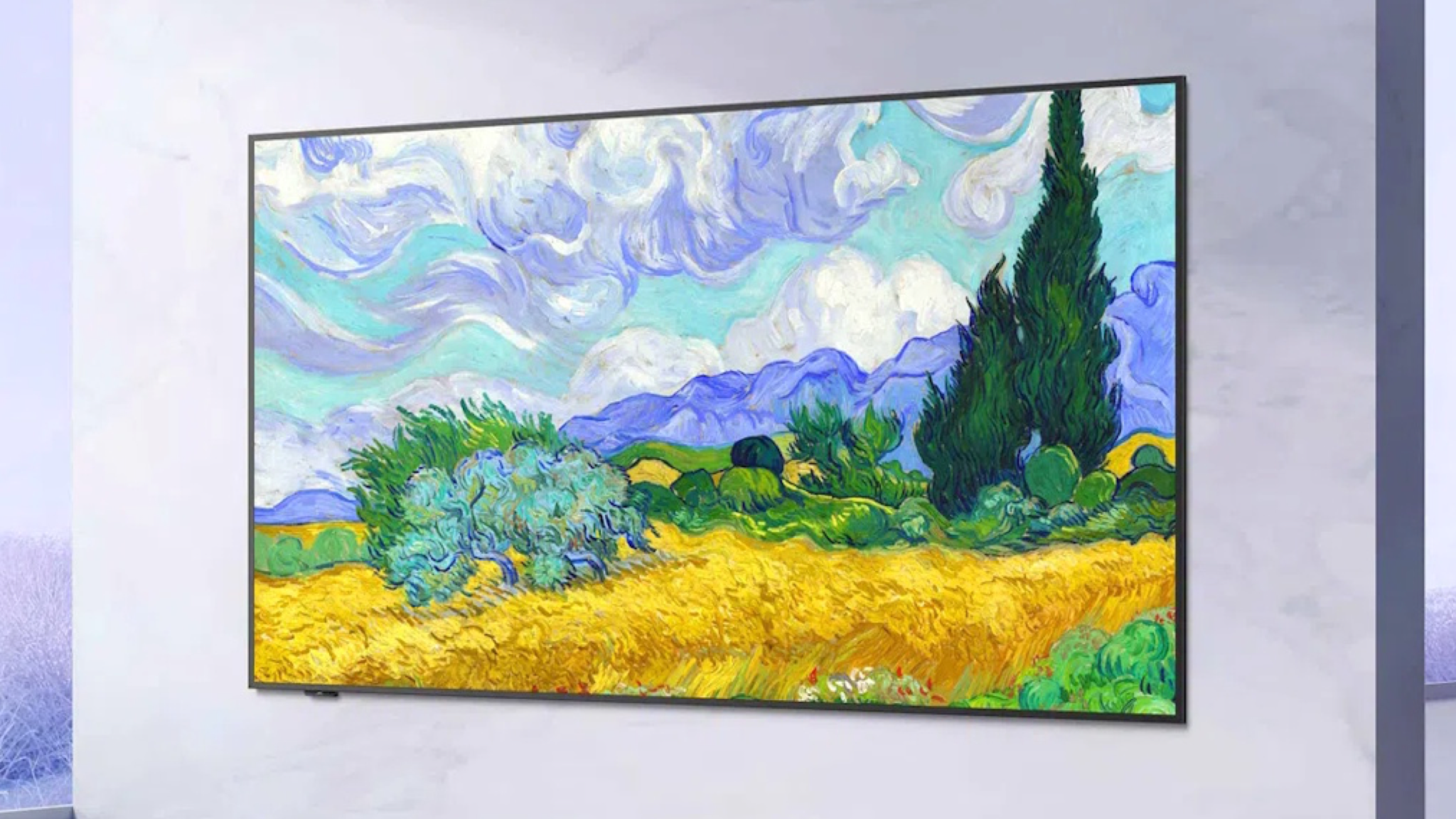







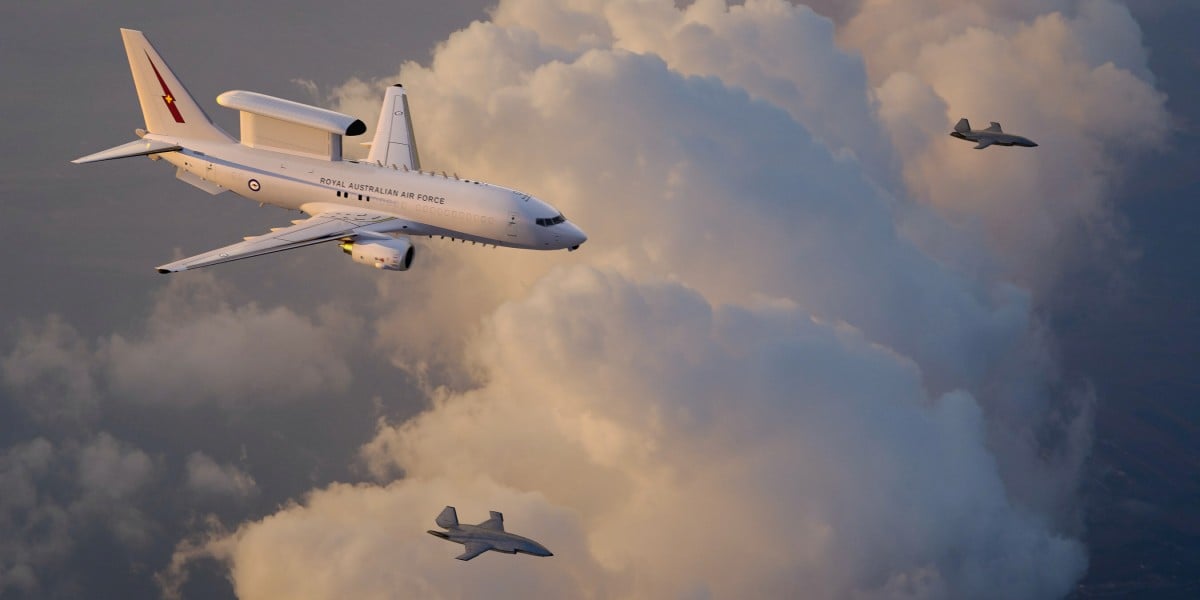















































































































































![[The AI Show Episode 154]: AI Answers: The Future of AI Agents at Work, Building an AI Roadmap, Choosing the Right Tools, & Responsible AI Use](https://www.marketingaiinstitute.com/hubfs/ep%20154%20cover.png)
![[The AI Show Episode 153]: OpenAI Releases o3-Pro, Disney Sues Midjourney, Altman: “Gentle Singularity” Is Here, AI and Jobs & News Sites Getting Crushed by AI Search](https://www.marketingaiinstitute.com/hubfs/ep%20153%20cover.png)



























































































































































































![GrandChase tier list of the best characters available [June 2025]](https://media.pocketgamer.com/artwork/na-33057-1637756796/grandchase-ios-android-3rd-anniversary.jpg?#)















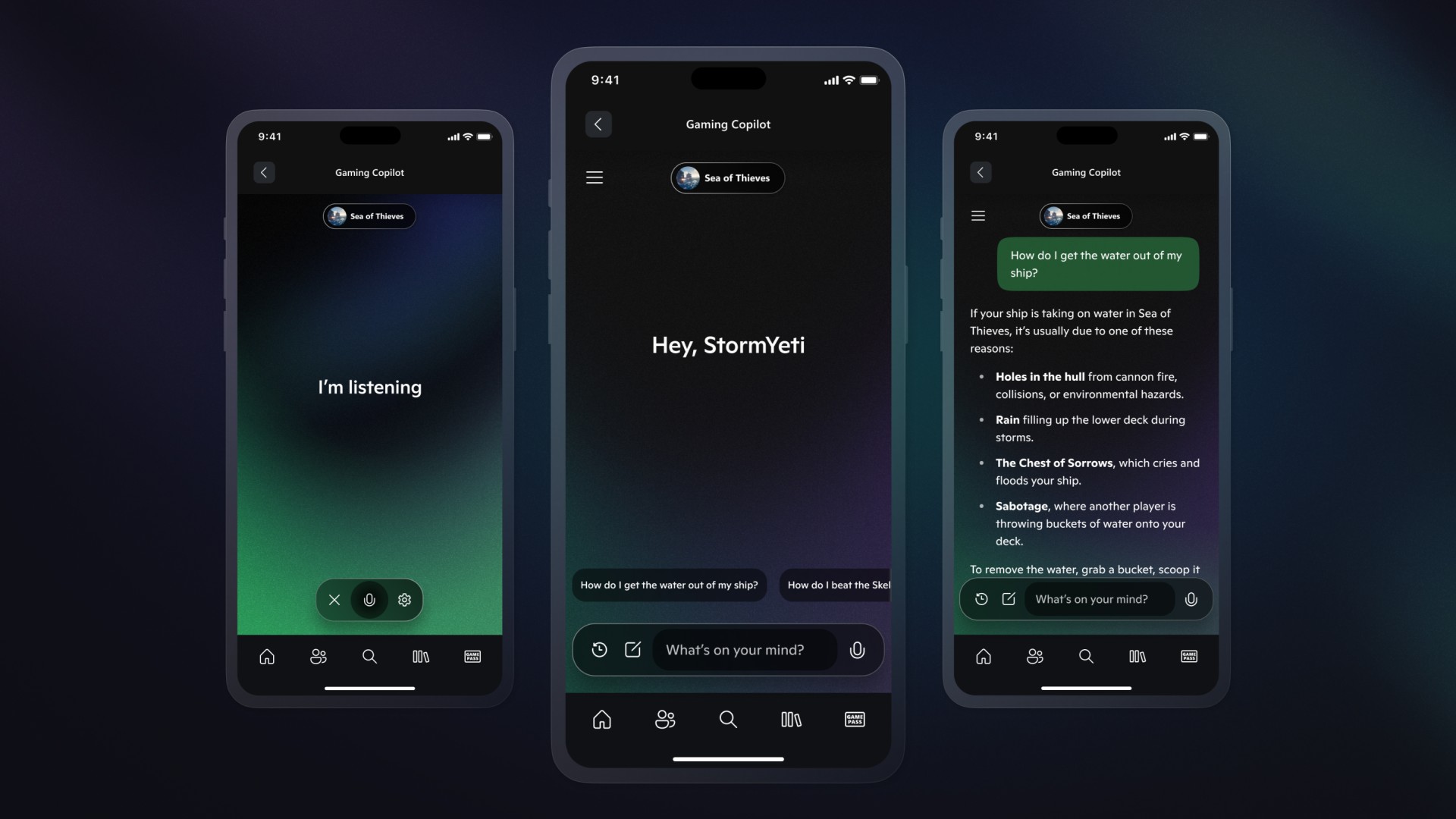






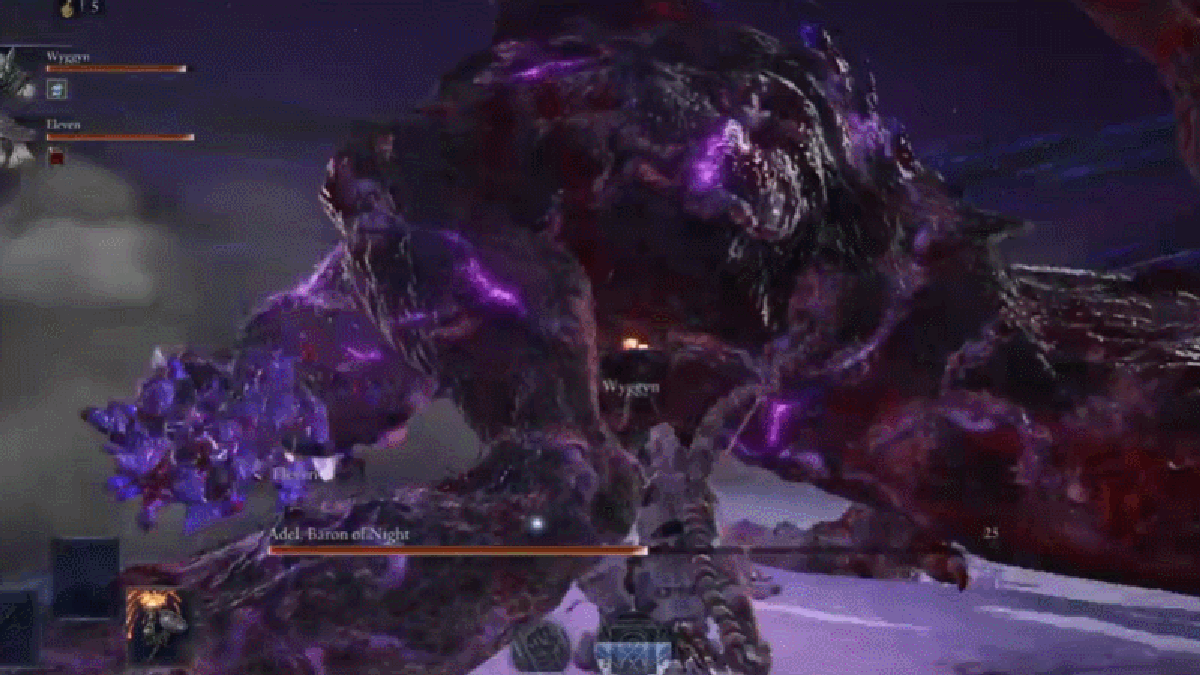


















.jpg?#)

























_marcos_alvarado_Alamy.jpg?width=1280&auto=webp&quality=80&disable=upscale#)












































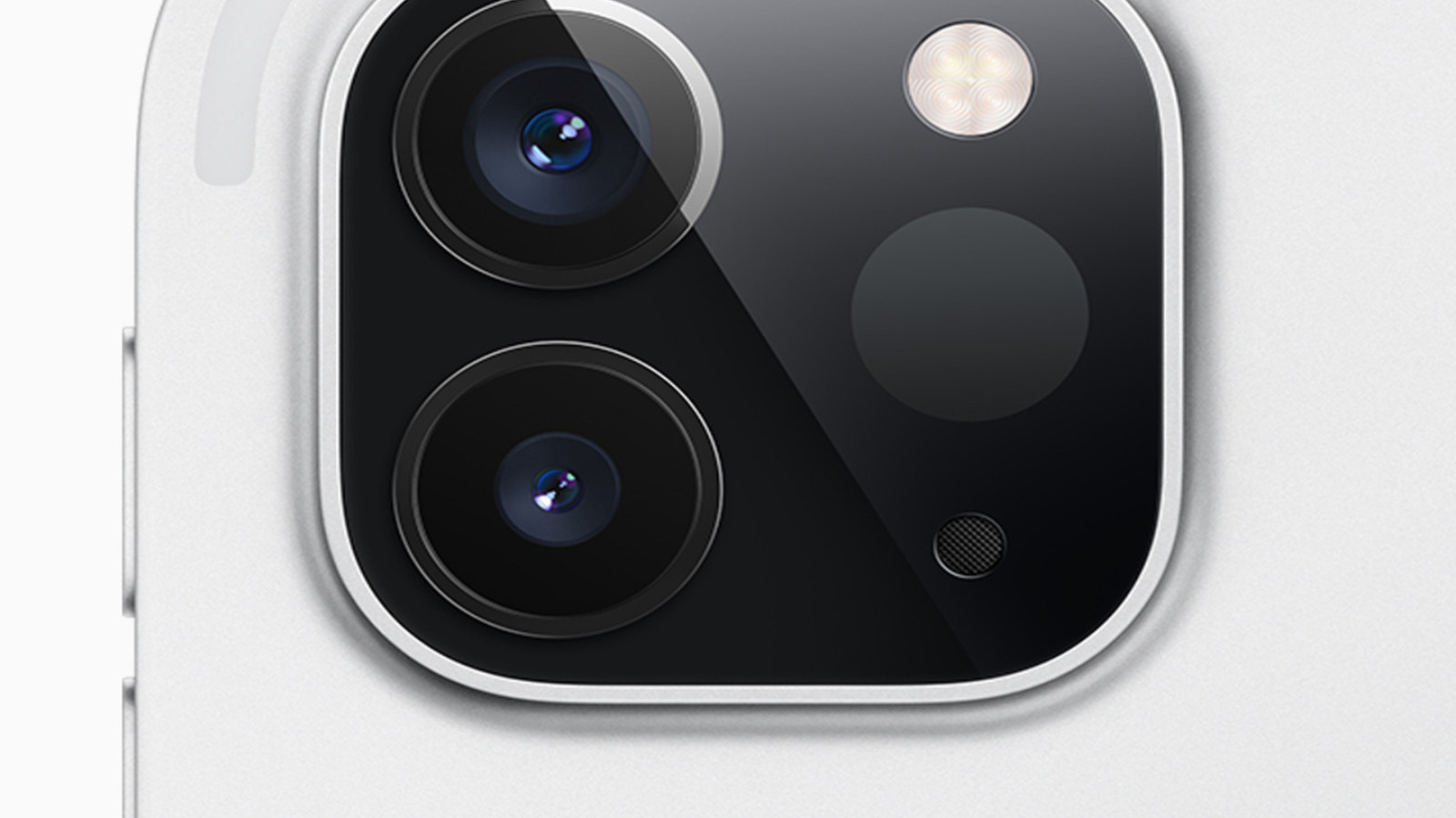



































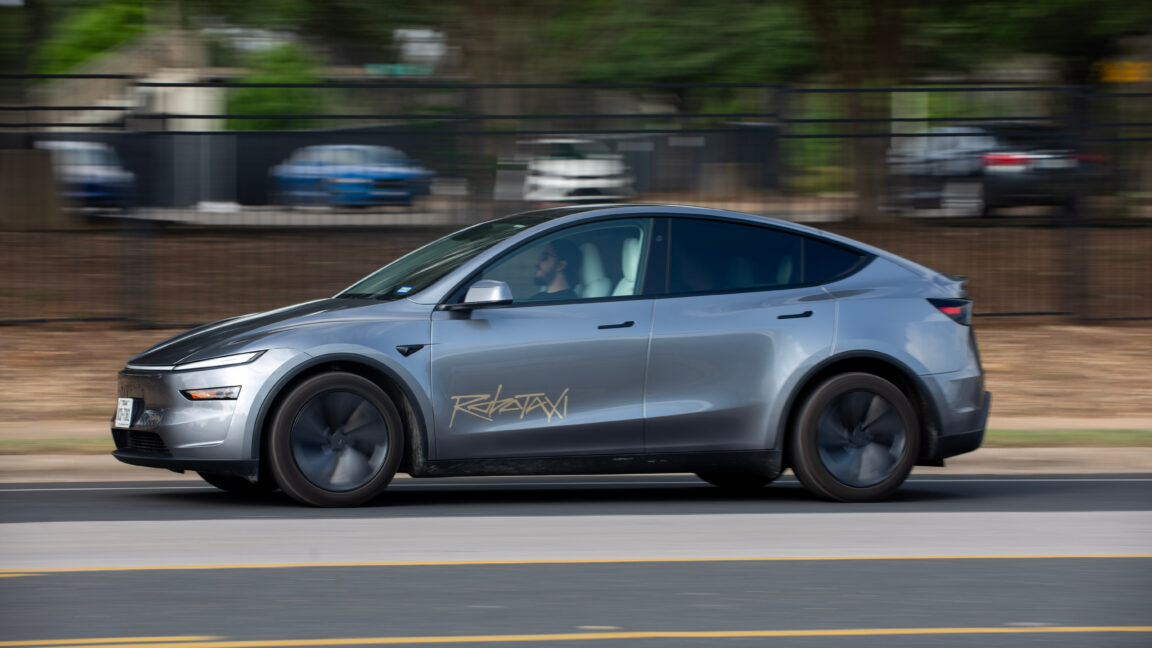

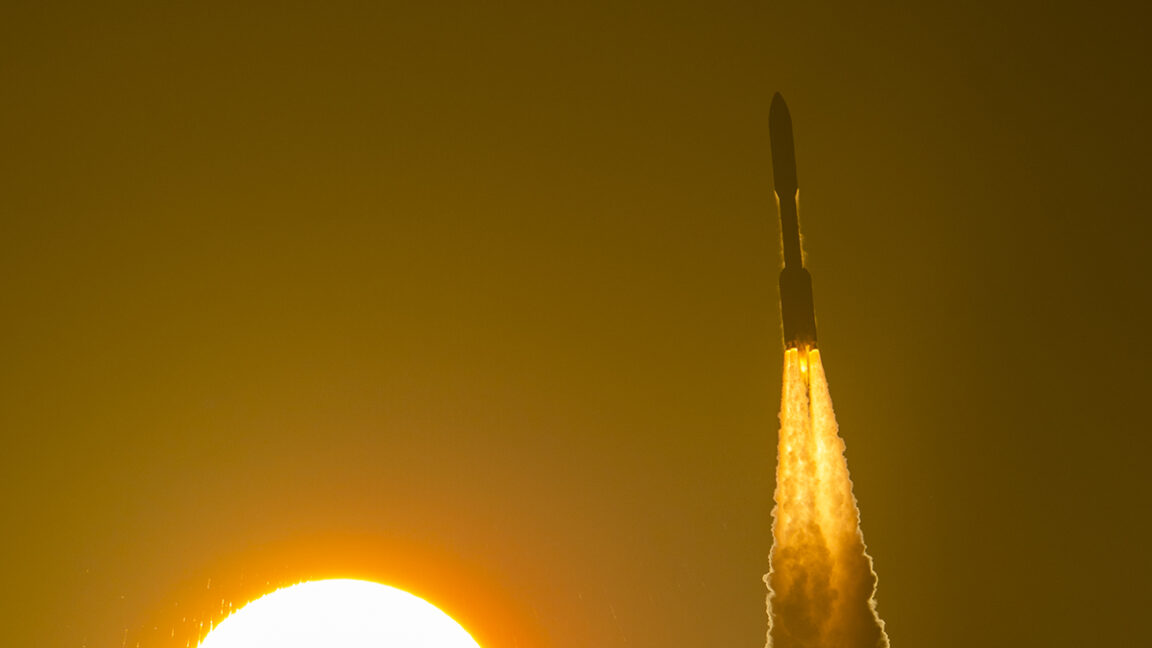
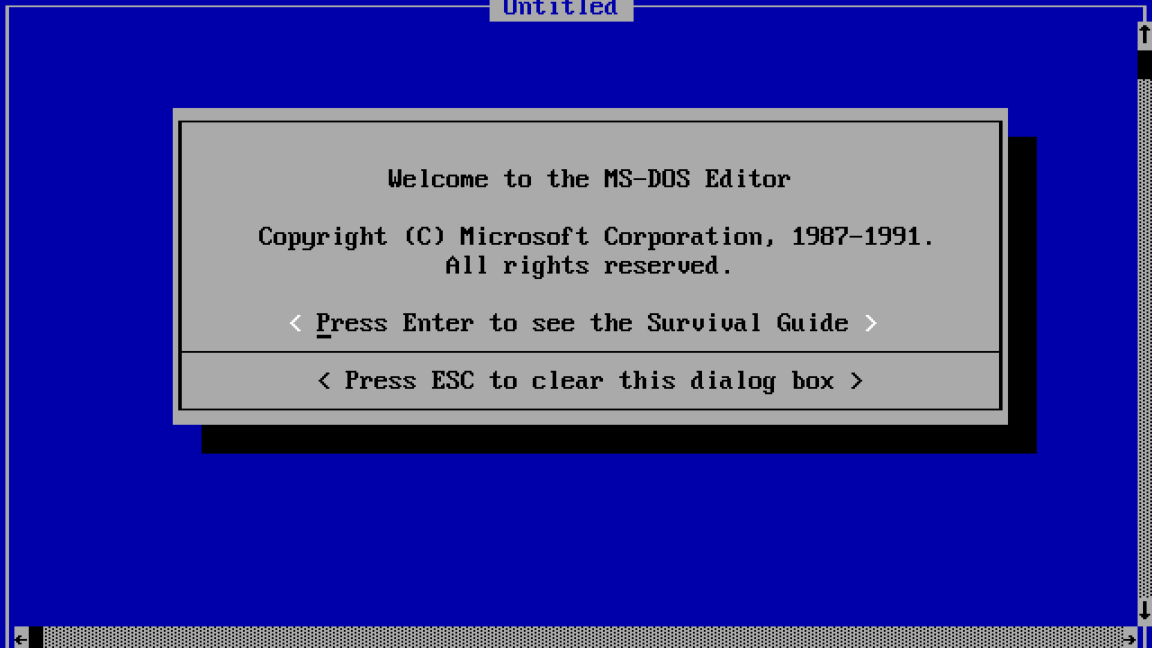



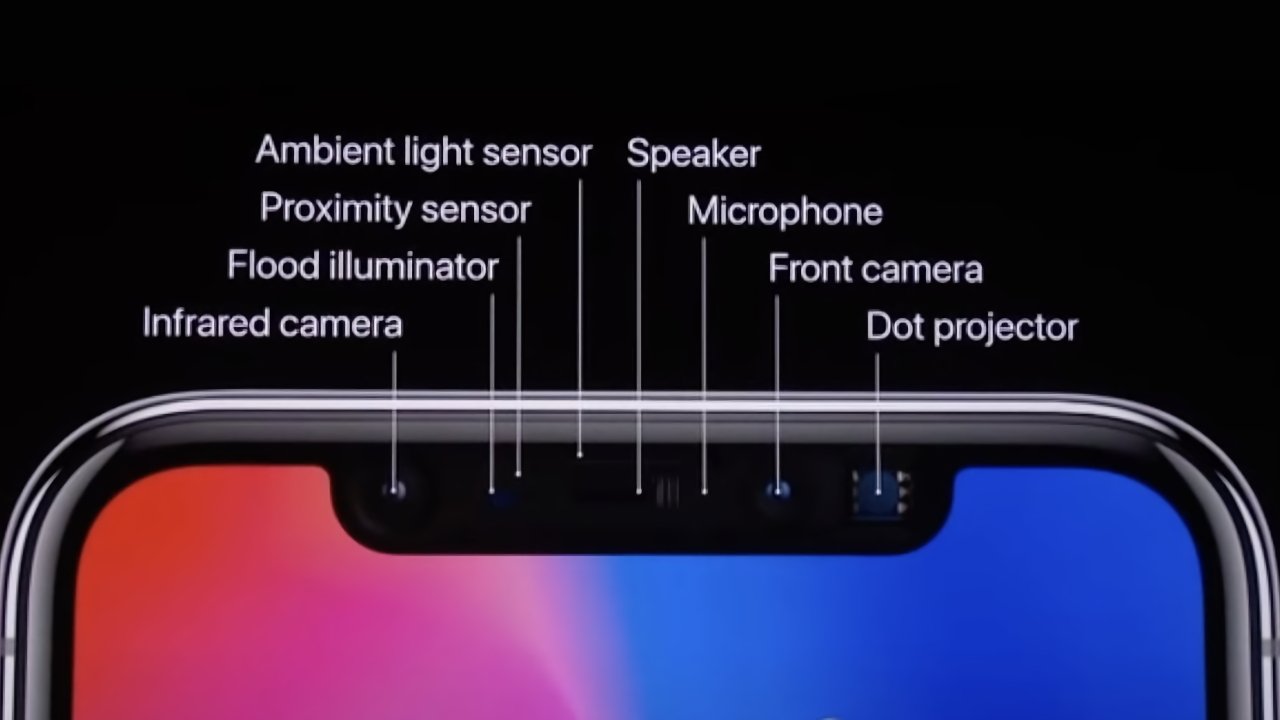
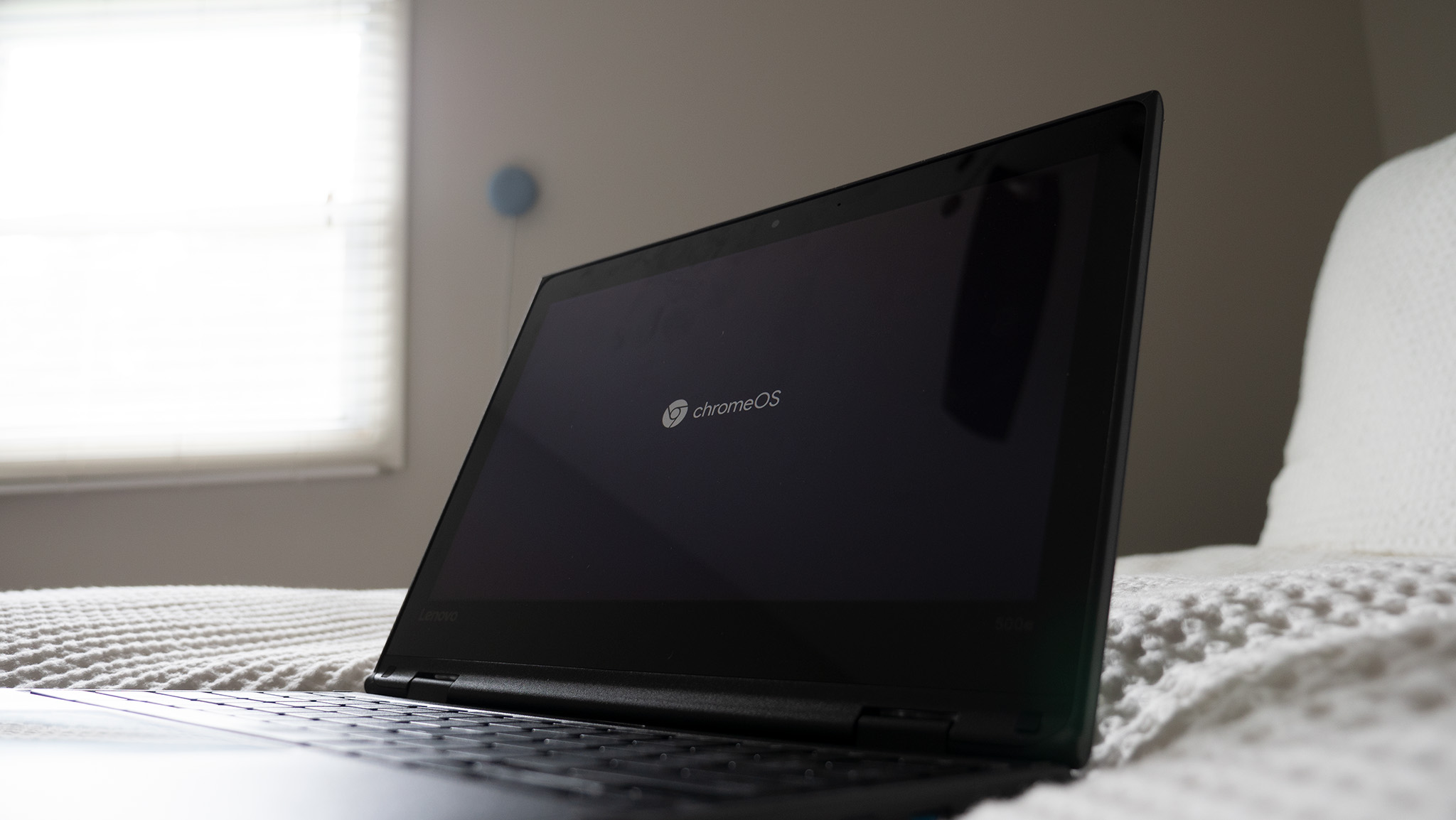


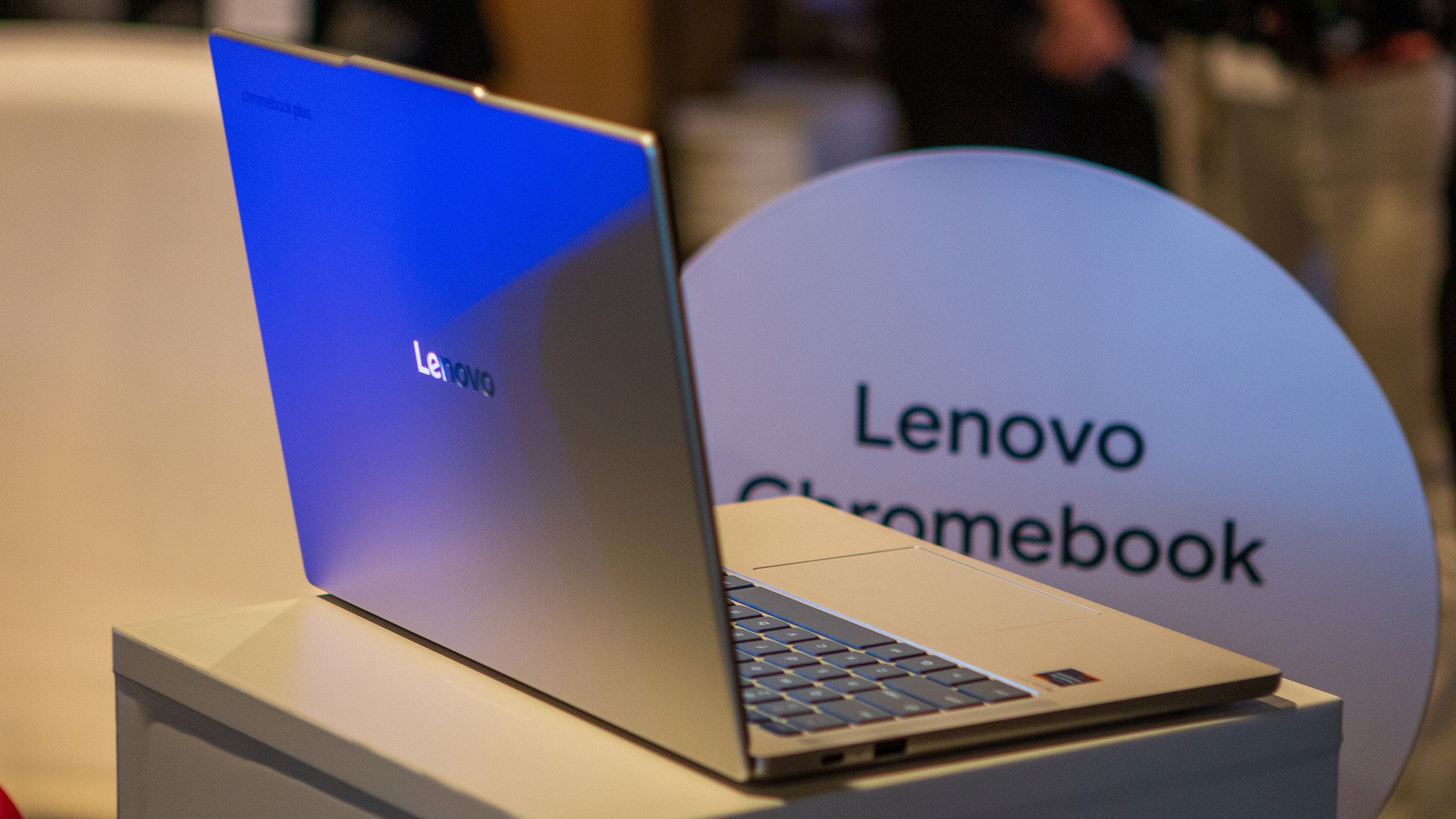



















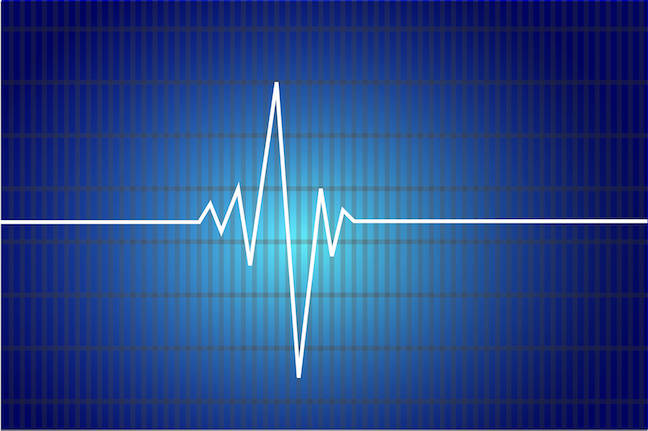
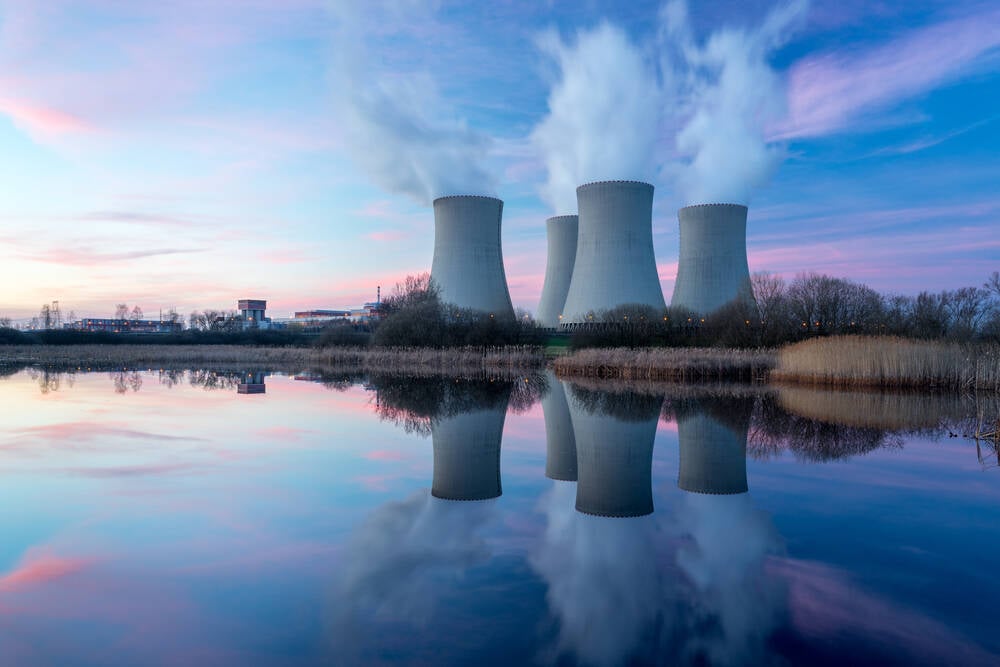


![Apple in Last-Minute Talks to Avoid More EU Fines Over App Store Rules [Report]](https://www.iclarified.com/images/news/97680/97680/97680-640.jpg)


![Apple Seeds tvOS 26 Beta 2 to Developers [Download]](https://www.iclarified.com/images/news/97691/97691/97691-640.jpg)












